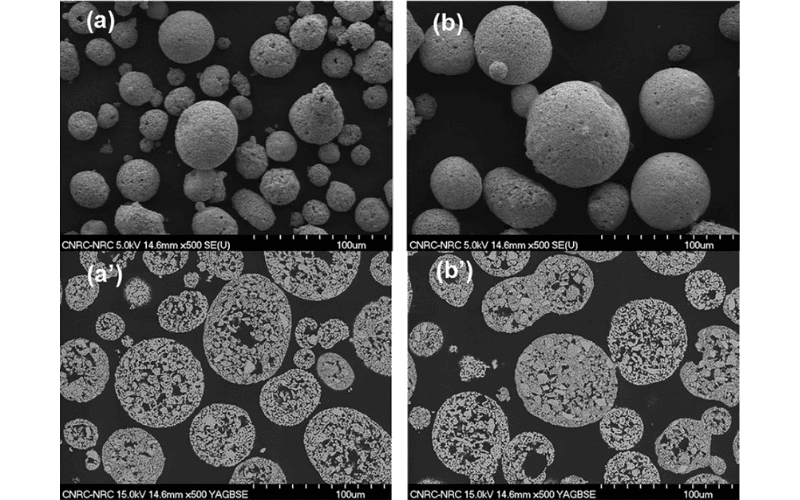January 20, 2021
The Influence of Plasma Composition in the Thermal Cyclic Performance of Yttria-Stabilized Zirconia (8YSZ) Thermal Barrier Coatings (TBCs)
In the combustion chambers of gas turbine engines, ZrO2-8wt.%Y2O3 (YSZ) TBCs are commonly applied by air plasma spray (APS) using Ar-/H2-based plasmas via legacy torches. Alternatively, N2/H2 plasmas could be used with the potential of increasing overall deposition efficiency (DE) and hence reduce the consumption of high-value feedstock powder. Also, by increasing DE, spraying time would be reduced, thereby providing another contribution to bring down production costs. In this work, TBCs were prepared with Ar- and N2-based plasmas with different YSZ powders using Metco 9MB legacy torch. The use of N2-based plasma resulted in higher particle temperature and lower particle velocity values than those provided by the Ar-based plasma. The measured DEs were between 41-43 and 53-60% for the Ar- and N2-based plasmas, respectively. This represents a ~ 40% increase in the DE. The coatings produced with the two different plasmas exhibited equivalent porosity levels ~ 11-13%. On average, the lowest thermal conductivity values were given by a N2-based LD-B YSZ TBC. In the furnace cycle test, the performance of the TBCs prepared with the N2-based plasma was superior to that of the TBCs prepared with the Ar plasma, and also exceeding that of an industrial APS TBC benchmark.
Key words: APS, Ar-H2, deposition efficiency (DE), N2-H2, TBC, thermal conductivity, thermal cycling (FCT), YSZ
Originally published at Journal of Thermal Spray Technology (20 January 2021, Volume 30, pages 59–68, 2021)
By Bruno Guerreiro, Rogerio S. Lima, Nicholas Curry, Matthias Leitner, Karl Korner
